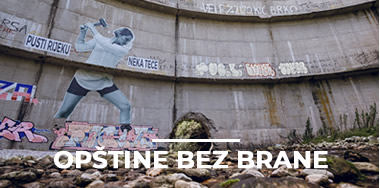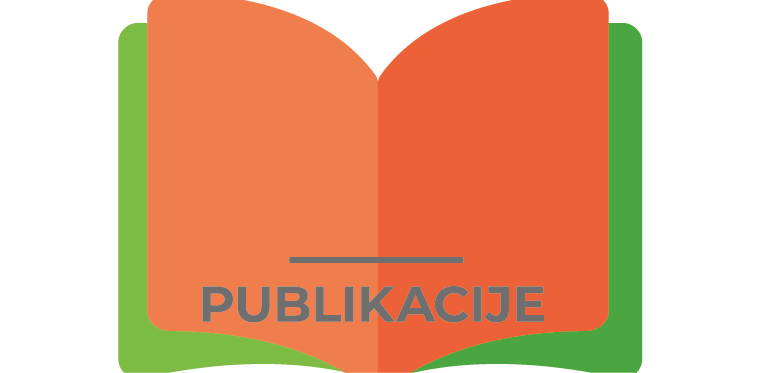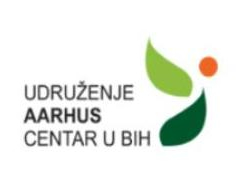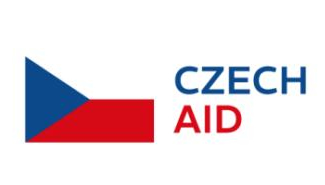The second pillar of the Aarhus Convention is based on the concept of public participation and is derived from the Principle 10 of Rio Declaration: Environmental Issues / environment are best solved with the participation of all concerned citizens at certain levels.
What are the minimum requirements / conditions for public participation?
In short, the Convention imposes the following basic requirements / conditions of public institutions of government:
- To inform the public about the process of public participation,
- To take the comments into account and inform the submitter comments.
Participation requires from public to be informed. It is therefore very important to provide and to make available precise, accurate and timely information to the public. Deadlines for public participation must be provided at the earliest possible stage, from the start of the first phase of the process, when all options are still open, according to pre-established schedule. Finally, public authorities must take into account the results of public participation in the process of making a final decision. The public must be informed of the type to which extent the results of public participation taken into account. If public opinion is not taken into account when making decisions, the authorities must explain the reasons for it.
Who benefits from the right to participate?
All interested citizens can participate in the consultation process. Non-governmental organizations dealing with environmental issues / environment are de-facto included in this target group under the Convention (Article 2.5).
What are the different types of decisions covered by the Convention?
There are four types of decisions concerning the right to public participation:
- Issuance of permits for certain activities or installations
This common form of public participation is mainly implemented for licensing, such as environmental permits. This applies when the approval for certain activities or projects is required, arising from particular sectors/activities that are believed to contain highly pollutants (chemicals, energy, waste, etc.) or can have a significant impact on the environment/environment. This allows the public to contribute to the decision-making process.
Two articles of the Aarhus Convention deal with this form of public participation:
Article 6 of the Convention provides the following measures:
· Information pertaining to the licensing of these activities or projects, must be freely available to the public.
· The relevant authorities must also inform the public about decisions and must justify them.
· The appeal procedure is provided (Article 9.2 of the Convention).
Article 6 bis, introduced in the Convention in the form of amendments in May 2005, specifically deals with the issue of approval related to GMOs (genetically modified organisms). - Development plans and programs in the field of environment
Article 7 of the Convention offers the public the opportunity to participate in the development of plans and programs. This refers to the tools established by the public authority responsible for the organization, in time and space, activities of which are closely or remotely affecting the environment. For example: plans relating to spatial planning and environmental strategy / environment related, for example, the fight against climate change, management / waste management, and strategies for the protection of nature. - The development of environmental policy
The Convention recommends that public authorities allow the public to participate in the development of environment policy (Article 7). - Preparation and drafting of legislation.
In the preparation and drafting of legislation the Convention recognizes the role of the public. Article 8 provides the liability of public authorities to implement the necessary actions for effective public participation. It can also be carried out through a representative advisory bodies or the inclusion of representatives of associations concerned with environmental issues / environmental working group for drafting policy.












